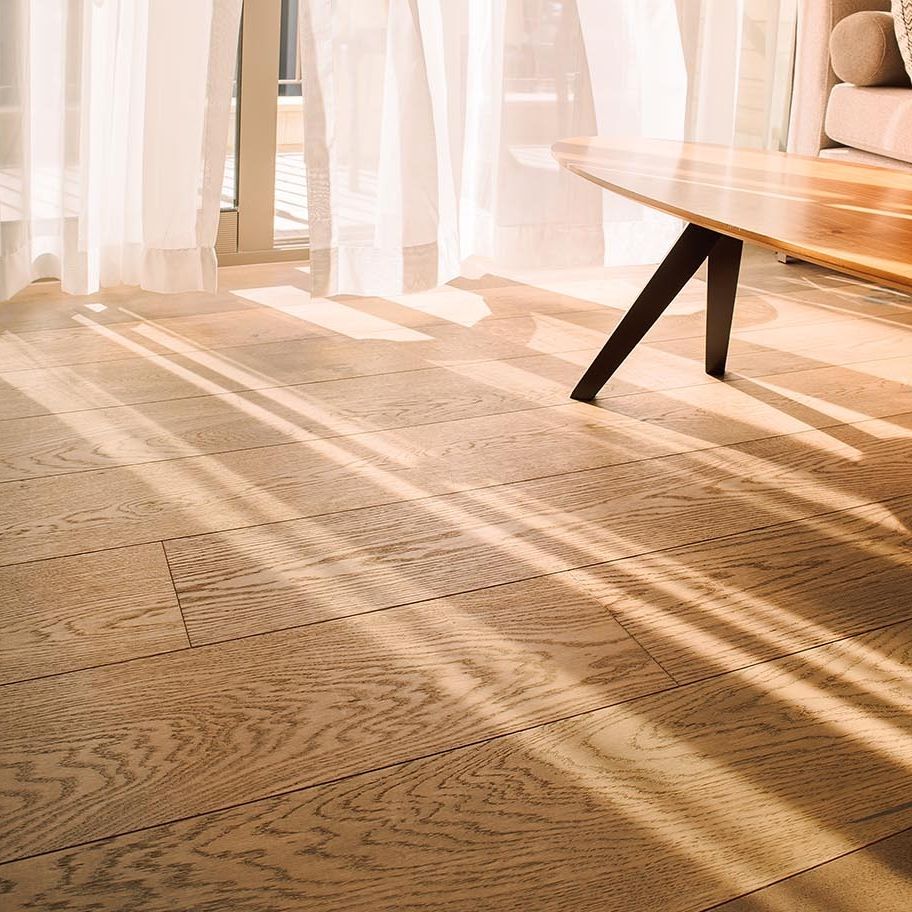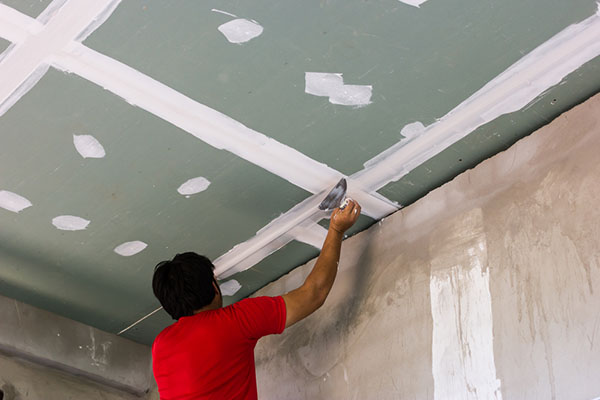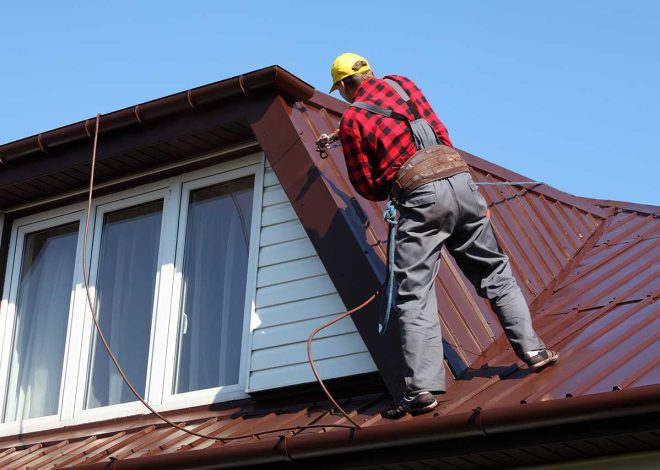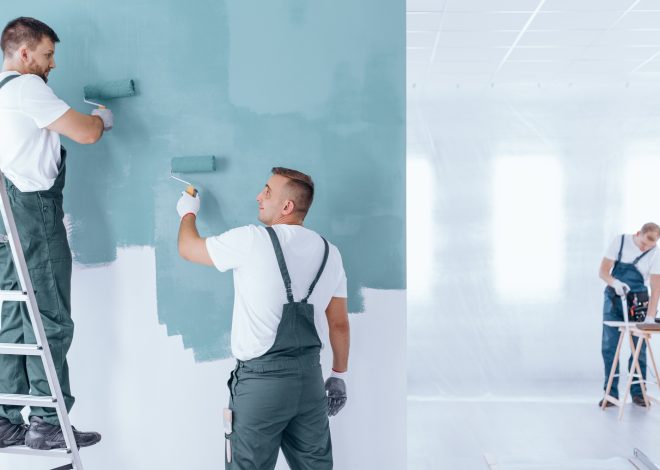
The 9 Best Flooring Options For Your Home
Flooring is one of the few features that combine both form and function. It’s a design element that is as important as paint colours or furniture. There’s also the cost, particularly if you are redoing all the floors in your home. “It is not much more expensive than a new car, or a set of new kitchen appliances.
Our experts understand how important flooring is to a house’s appearance and functionality. We have tested classic materials such as wood and stone along with more modern alternatives, like vinyl and engineered hardwood flooring. Both of these products were introduced in the 1970s. Our experts have also followed the popularity of other materials in recent years, such as concrete and wood-look ceramic.
This ultimate flooring guide will walk you through the pros and cons of each type of flooring, as well as the basic pricing for each. Most homes have multiple types of flooring, based on the space and your requirements. In over a century, our advice hasn’t been changed: spend more in areas with high traffic and visibility, while choosing durable, lower-cost materials elsewhere.
1. Hardwood Flooring
There are two main hardwood flooring options: Solid wood flooring (which is as its name suggests, a solid piece of solid wood) and engineered wood floors, where a thin veneer made of real wood has been bonded between layers of structural plywood. The two types of hardwood flooring are available in fifty different species. Some of the most popular choices include oak, ash maple, and walnut.
- Pros: Hardwood flooring is a popular choice because of its warmth and beauty. A hardwood floor that is well maintained can last decades or even centuries.
- Cons: The biggest disadvantage is the cost. Wood flooring is expensive, even though some species are cheaper than others. Solid flooring is prone to scratches and dents, and will also expand and contract as humidity changes, resulting in cracks, splinters, and squeaky board.
2. Laminate Flooring
The laminate is also an engineered product. However, instead of using a veneer, it uses photos of wood, stone, or other materials and then adds a protective coating. The substrate for laminate flooring is usually dense fiberboard.
- Pros: The laminate is one of the strongest flooring options. It is also one of the least expensive options and often comes in a “floating floor” system with planks which snap together instead of being glued or nailed down.
- Cons: Few people will confuse laminate flooring with real wood or stone. The flooring tends to sound and feel plastic underfoot. Its repetition of patterns is also a giveaway. It’s not an everlasting floor because laminate can’t be refinished. The use of formaldehyde in the manufacturing process and other chemicals makes it less healthy and sustainable.
3. Vinyl Flooring
Vinyl, also known as resilient flooring or vinyl tiles, is the fastest growing category of flooring. The range includes inexpensive peel-and stick tiles that are easy to install yourself, as well as luxury vinyl tile, which is a multi-layered product with multiple layers including a printed design, a durable surface layer, and cushion layers.
- Pros: Entry-level sheet vinyl comes at a very low price. All vinyl is resistant to stains, scratches, and dent, and it’s waterproof. This makes it ideal for bathrooms and basements. Installing adhesive tiles or floating planks is simple, especially for those that are self-adhesive. LVT is an extremely thick and sturdy tile with the appearance of real wood. Our product experts have a hard time separating LVT from solid hardwood in testing.
- Cons: Though patterns and colors have improved, LVT still is a far cry away from real stone or wood, so it won’t pass muster with purists. The only way to fix it is by replacing the entire floor. LVT can be surprisingly costly, sometimes even more than real wood.
4. Carpet
Carpet is still the largest flooring category in America, despite the fact that it has lost market share to other flooring types. The majority of carpets sold in the U.S. are tufted. Small, usually nylon fibres poke through a backing made from polyurethane. There’s also woven carpet which is more popular in Europe. It is made from a yarn, usually wool. Woven carpet costs several times as much as tufted carpet.
- Pros: Carpet offers the best value for money and is available in many colors and patterns. It is easy to install and carpet requires only regular vacuuming. The stain-resistant version is even easier to clean.
- Cons: The biggest knock against carpeting is that it can hold dirt and dust. This can be especially unpleasant for allergy sufferers. The construction of woven carpets makes it much more resistant to this problem, as they don’t have any places where dirt can hide. Wool is anti-static and does not attract dust like nylon tufted carpets.
5. Stone Flooring
Stone is a timeless flooring option that adds value to your home. There are three types of stone used as flooring. Sedimentary stone like travertine or limestone is formed by layers of marine organisms and dissolved minerals. Granite is formed by volcanic activity and extreme heat. Under extreme heat and pressure, metamorphic stones like slate and marble have changed state.
- Pros: Stone flooring is unique and characterful because no two stones are alike. Stone is a very durable material, which can withstand high foot traffic as well as fading in the sun. The stone also helps to keep dust and allergens away.
- Cons: Stone flooring is expensive and requires professional installation. Stone floors don’t feel soft and any dishware that is dropped will likely break. Sealing is required for many types of stone flooring to prevent stains.
6. Concrete Flooring
High-end designers and builders have embraced this basic building material as a stylish material for kitchen countertops, floors and other surfaces. The color of a poured-in place concrete floor is not limited to the standard institutional gray. It can also be dyed. The concrete can be treated with different surface treatments such as acid stains or rubber-stamping stencils to create a unique look.
- Pros: Concrete floors are unique, durable, and easy to keep clean, provided they’re sealed properly during installation. Concrete floors conduct heat well. This makes them a great option for radiant heating.
- Cons: Since it is a customized product, concrete flooring can be expensive and requires professional installation. It is also very hard and needs to be sealed every few years to avoid stains.
7. Tile Flooring
Ceramic and porcelain are the two most common types of tile flooring. Ceramics are typically made of a water-sand mixture, which makes them softer and more affordable. Porcelain, which is made of a denser, finer clay, and fired at higher temperatures, is naturally harder and more porous.
- Pros: Tile floors are available in many colors and designs, including mosaics and large format tiles with minimal grouting. All tiles are water-proof and require little maintenance. Porcelain tiles are extremely durable and resistant to scratches, dents and dent.
- Cons: The most significant disadvantage is the difficulty of installation. The tiles are usually laid over a stable, smooth substrate in mortar. If you’re not an experienced DIYer, it is best to leave the job to professionals. Porcelain tiles are also expensive, about the same price as solid hardwood flooring.
8. Cork Flooring
Cork is another niche product that can be made by harvesting bark from cork trees. The material has its supporters (Swedlow refers to it as “the best on earth”) but there is a wide range of quality in this category. It’s best to buy it from a flooring specialist who can guide you to the best-performing product.
- Pros: Cork’s light and airy qualities make it one of most comfortable flooring materials. It is also resistant to water and does not become slippery when wet. This makes it ideal for kitchens and bathroom. Cork is eco-friendly and non-toxic.
- Cons: The material is susceptible to fading in intense sunlight. Cheaper versions are more likely to show scratches and dents from furniture, pets, heavy foot traffic.
9. Linoleum Flooring
The flooring is made of linseed and wood products. It is also available in sheets or tiles, but it’s less common than its resilient cousin. Swedlow says that linoleum is usually used by more sophisticated customers who are renovating their bathroom, kitchen or home gym.
- Pros: Linoleum is unique and has a retro appeal. Newer versions are available in more colors and styles than ever before. Linoleum is also very soft underfoot, making it very comfortable. It resists fading in sunlight.
- Cons: Linoleum does not last as long as vinyl. It is prone to wear under heavy foot traffic, and can scratch and dent very easily. The surface will be protected by a wax coating, but it adds maintenance. https://www.nativegrainflooring.co.nz/


